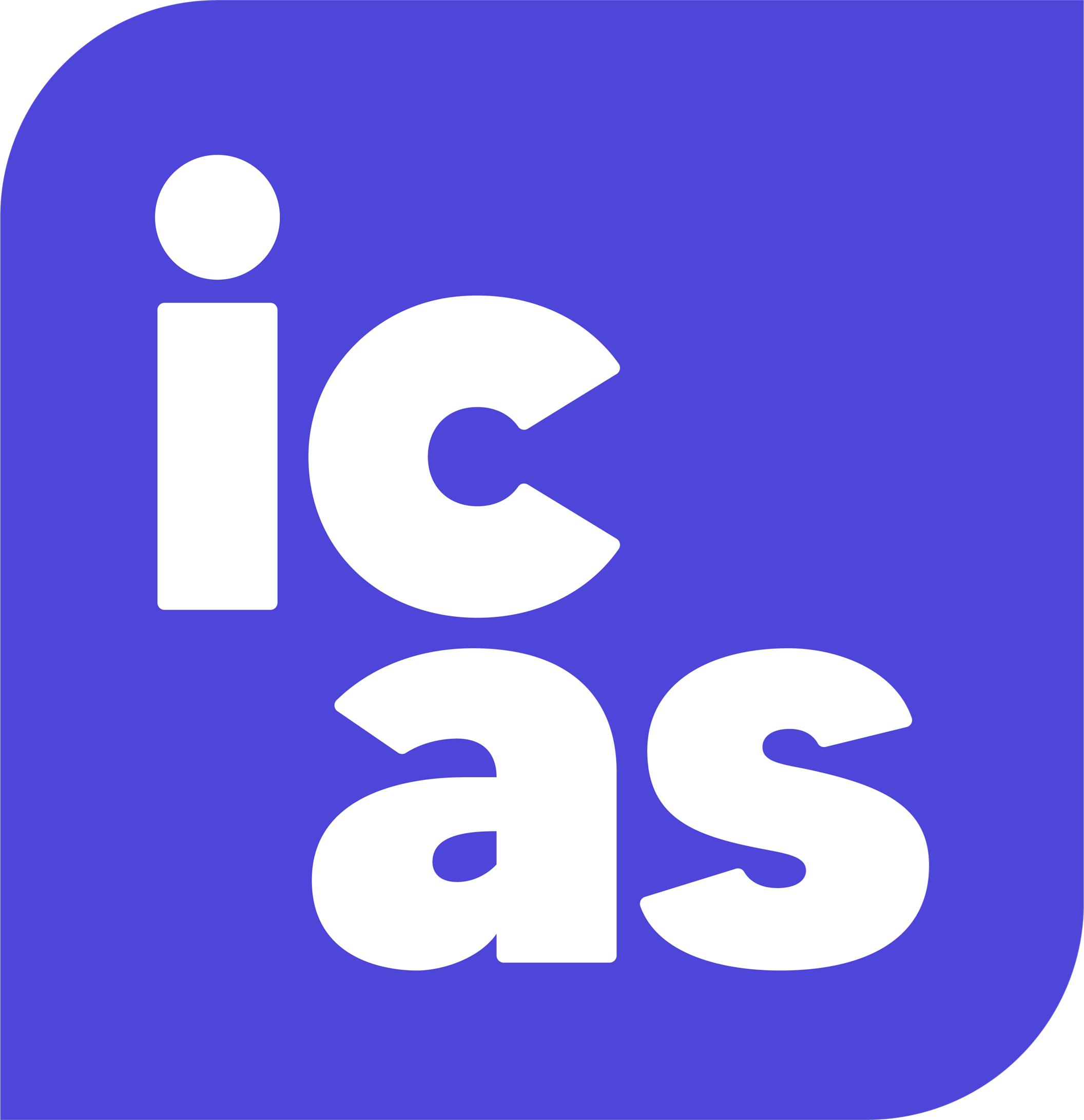Tax Planning

Friday 5 April 2024 sees the end of the current tax year. Following the Chancellor’s continued plans to freeze, and in some cases, reduce tax-free allowances, it’s more important than ever to make the most of some timely tax planning.
Below is a list of the main allowances and reliefs that we recommend you consider.
ISAs –
Returns from an ISA are tax free and in the current Tax Year individuals can invest up to £20,000 in either a Cash ISA, a Stocks & Shares ISA or an Innovative Finance ISA, or a mixture of either. As part of your main allowance, a Lifetime ISA (LISA) is available to anyone between 18 and 40 saving up to £4,000 towards a home or retirement until age 50; these attract a 25% Government addition. You can invest up to £9,000 in a Junior ISA for anyone under 18 living in the UK. Remember ISA allowances cannot be carried forward past 5 April, so use it or lose it!
Pensions –
Most people get income tax relief on pension contributions up to the annual allowance. For 2023/24 you can generally contribute £60,000 gross or 100% of your earnings or £3,600 (whichever is lower). As well as receiving a 20% top-up from the Government on any net personal contributions you make, you may also be able to reduce the amount of income tax you pay by extending your basic rate band and/or reinstating your personal allowance and you may be able to reduce the claw back Child Benefit payments.
Business owners can extract profits as a pension contribution, saving on tax and National Insurance liabilities. Any unused allowances from the past three years may be carried forward.
Use Your Annual Tax Allowances –
From April 2023 the capital gains tax (CGT) allowance was reduced to £6,000. This figure will be halved again to £3,000 from April 2024. If you have plans to sell or gift any assets soon, you should consider timing the ‘disposal’ of your assets before the CGT allowance is cut. Remember that assets can be transferred between married or civil partners ‘tax year’, so it makes sense to maximise the use of each partner’s individual allowance before these are reduced.
Marriage allowance allows a basic rate taxpayer to transfer £1,260 of their spouse’s personal allowance to himself or herself, provided the spouse earns less than £12,570. This potentially reduces your tax bill by up to £252 if you are a basic rate taxpayer.
If you run your own business through a limited company, the first £1,000 of dividends that you draw is tax free, irrespective of other income. This is reducing to £500 from 6 April 2024.
The personal savings allowance is £1,000 of tax free interest for basic rate taxpayers, and £500 for higher rate taxpayers. There is no allowance for those paying tax at 45%.
Two further £1,000 tax free allowances are available: one for property and the other for miscellaneous trading income.
Inheritance Tax (IHT) –
An individual can make gifts of up to £3,000 annually. Also, multiple smaller gifts of £250 or regular gifts out of their income each tax year – all exempt from IHT.
You can also make one off gifts on marriage or civil partnership; the amount exempt depends on your relationship to the couple. Larger gifts over and above these exemptions can also be made, but the giver needs to live for seven years before they are fully free of IHT.
Gift Aid Donations –
If you are a UK taxpayer and make a charitable donation via Gift Aid, the charity can claim an extra 25p for every £1 you give. As Gift Aid assumes that the money has been taxed at the standard rate, higher or additional rate taxpayers are eligible to receive a further 20% or 25% (22% or 27% if you are a Scottish resident) of the grossed-up donation as a reduction in tax liability. So, remember to record any Gift Aid donations on your tax return.
Other Tax Efficient Investments –
There are other investment options that are time limited and have tax incentives such as Enterprise Investment Schemes (EIS), Venture Capital Trusts (VCT) and Seed Enterprise Investment Schemes (SEIS).
Friday 5 April 2024 sees the end of the current tax year. Following the Chancellor’s plans to freeze, and in some cases, reduce tax free allowances, it’s more important than ever to make the most of some timely tax planning.
You can find more details on each of these opportunities on our website. As 5 April approaches we would advise everyone to consider all the tax saving and investment opportunities available to them. With growing pressure on the Government to increase tax revenues to combat ongoing economic challenges, there’s a great deal of uncertainty around how wealth will be taxed in the future. This year more than ever it is a case of act now and use it or lose it!
Disclaimer –
Please be aware that your capital will be at risk when you invest, and that you may get back less than you invested. There is no guarantee of how future wealth will be taxed and everyone’s situation is unique. This article does not constitute financial advice so before acting upon it, the reader should always take the appropriate financial advice.


